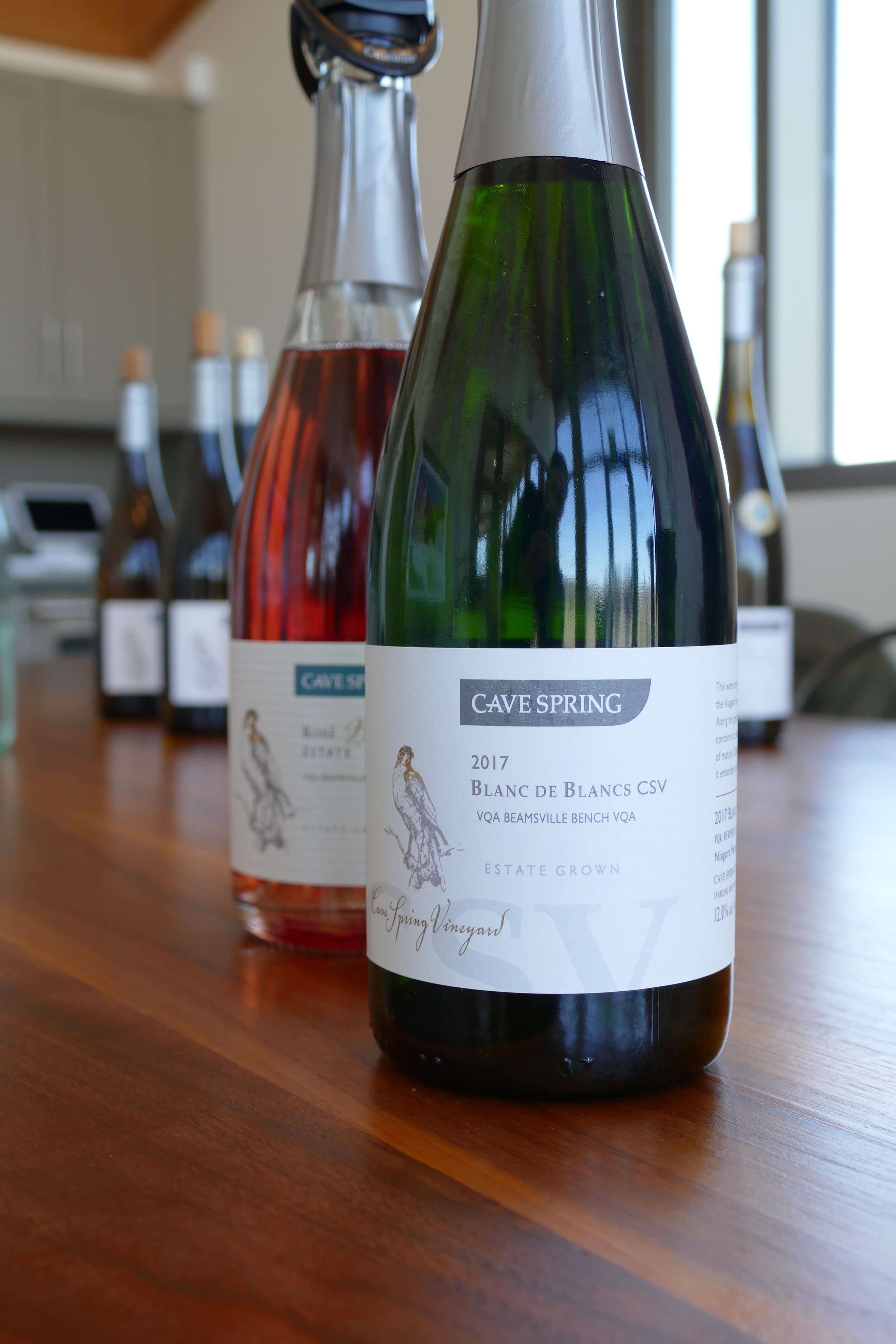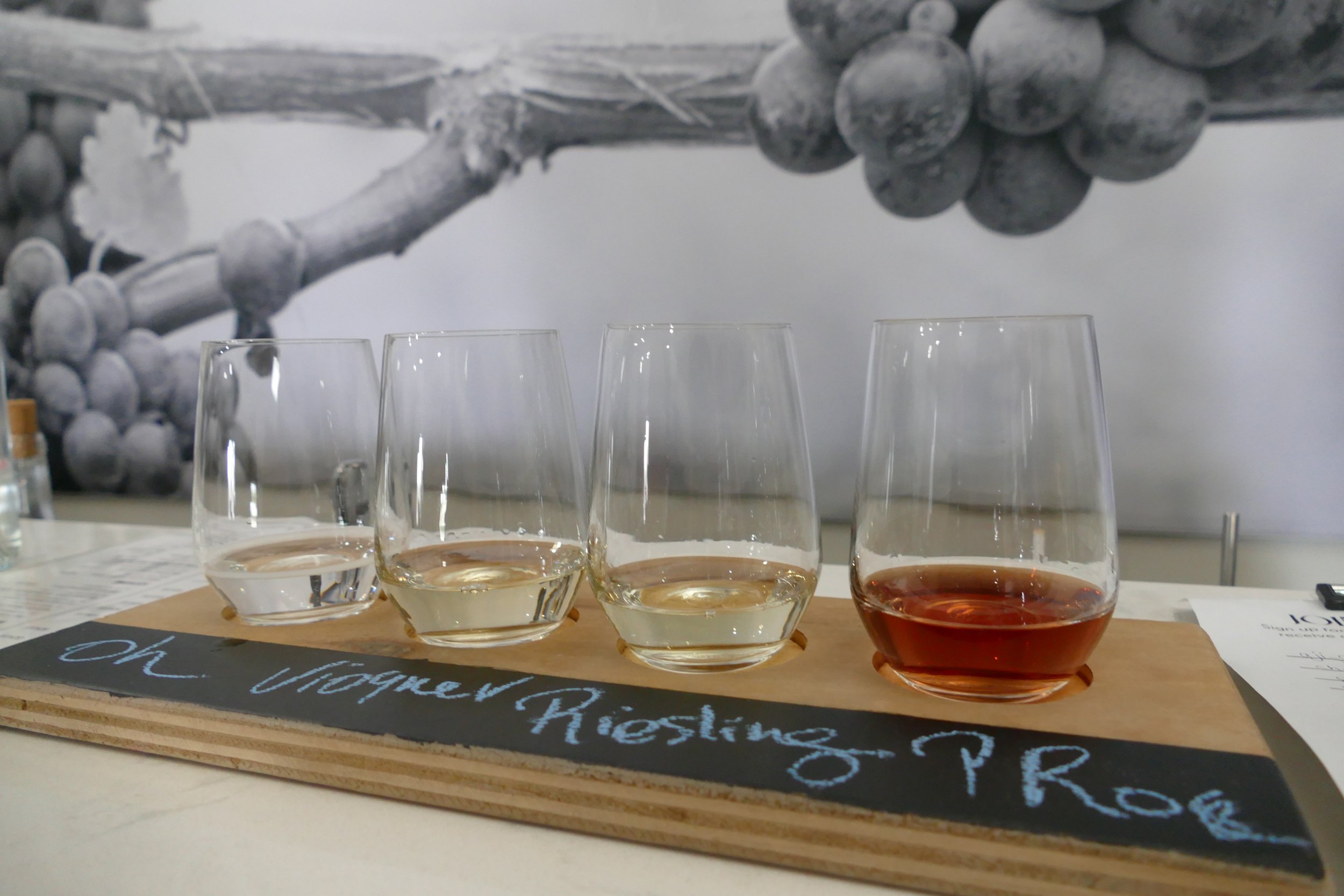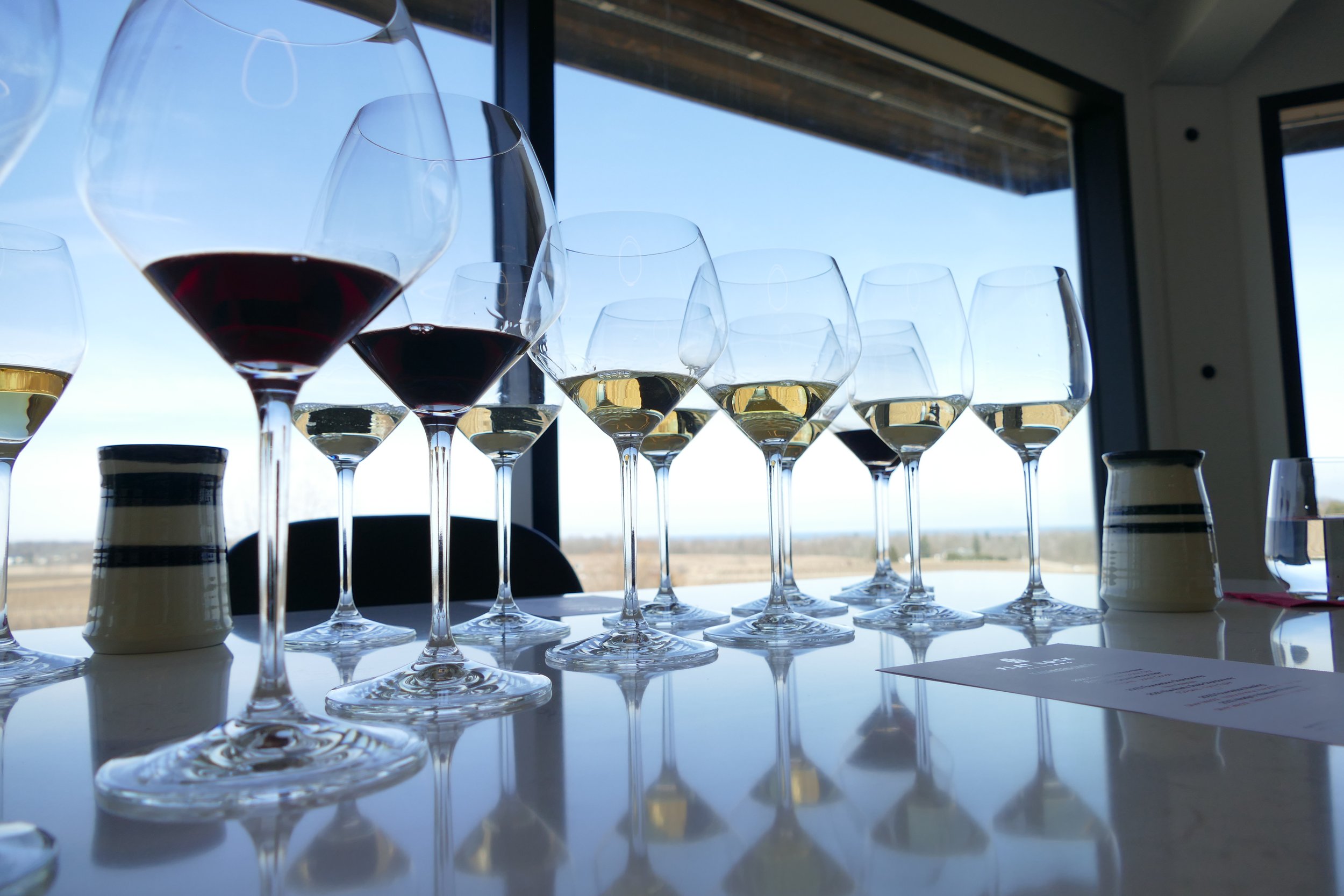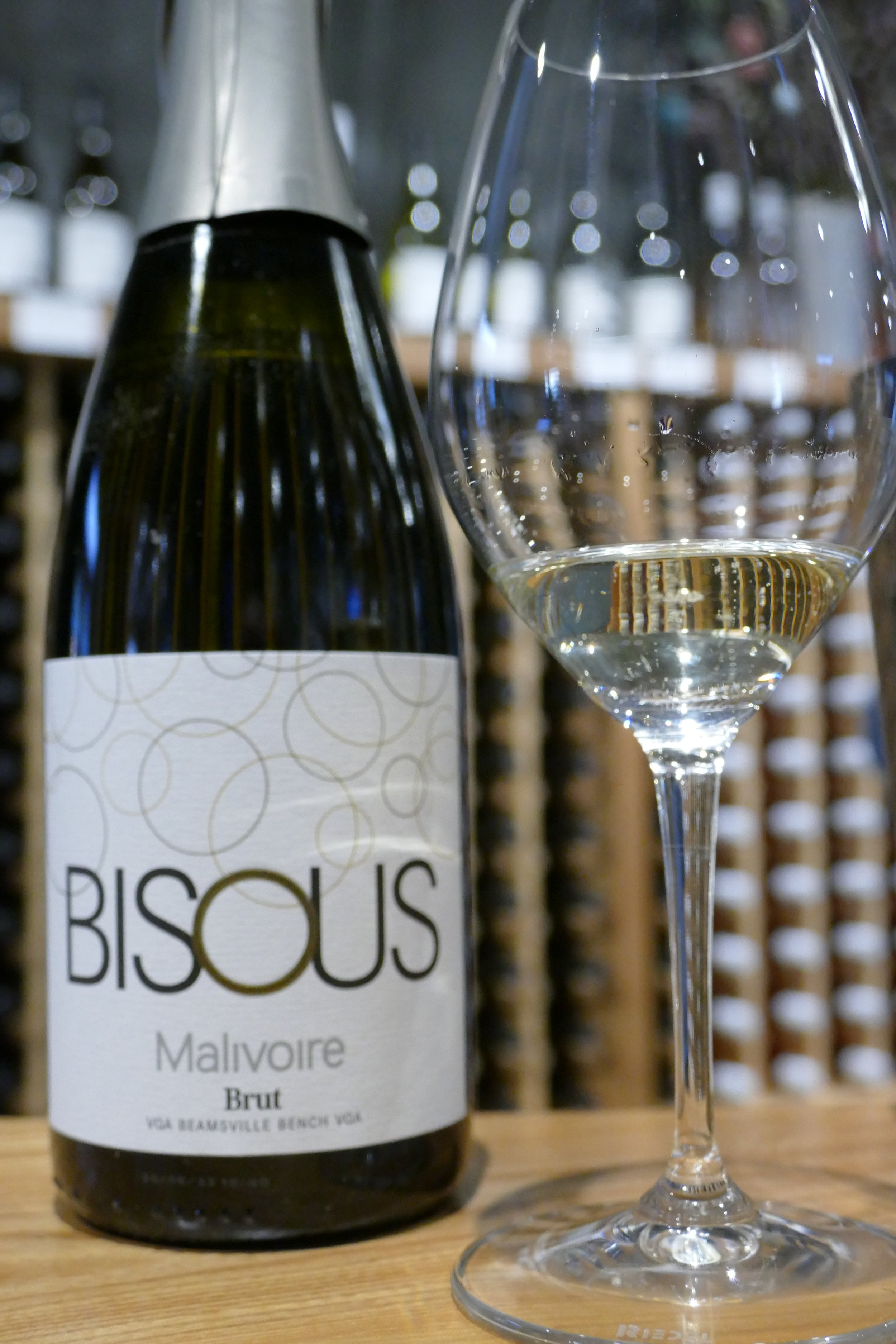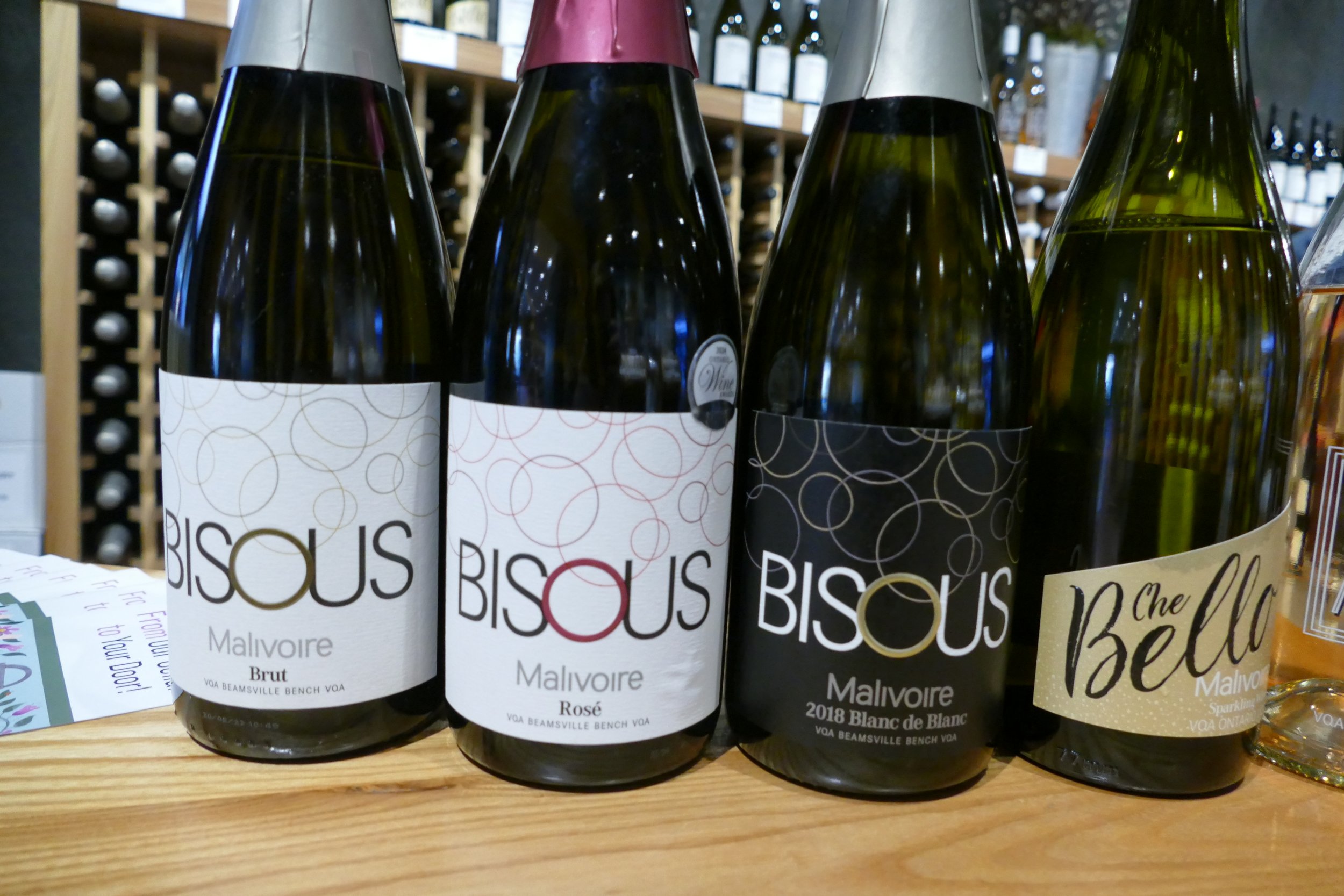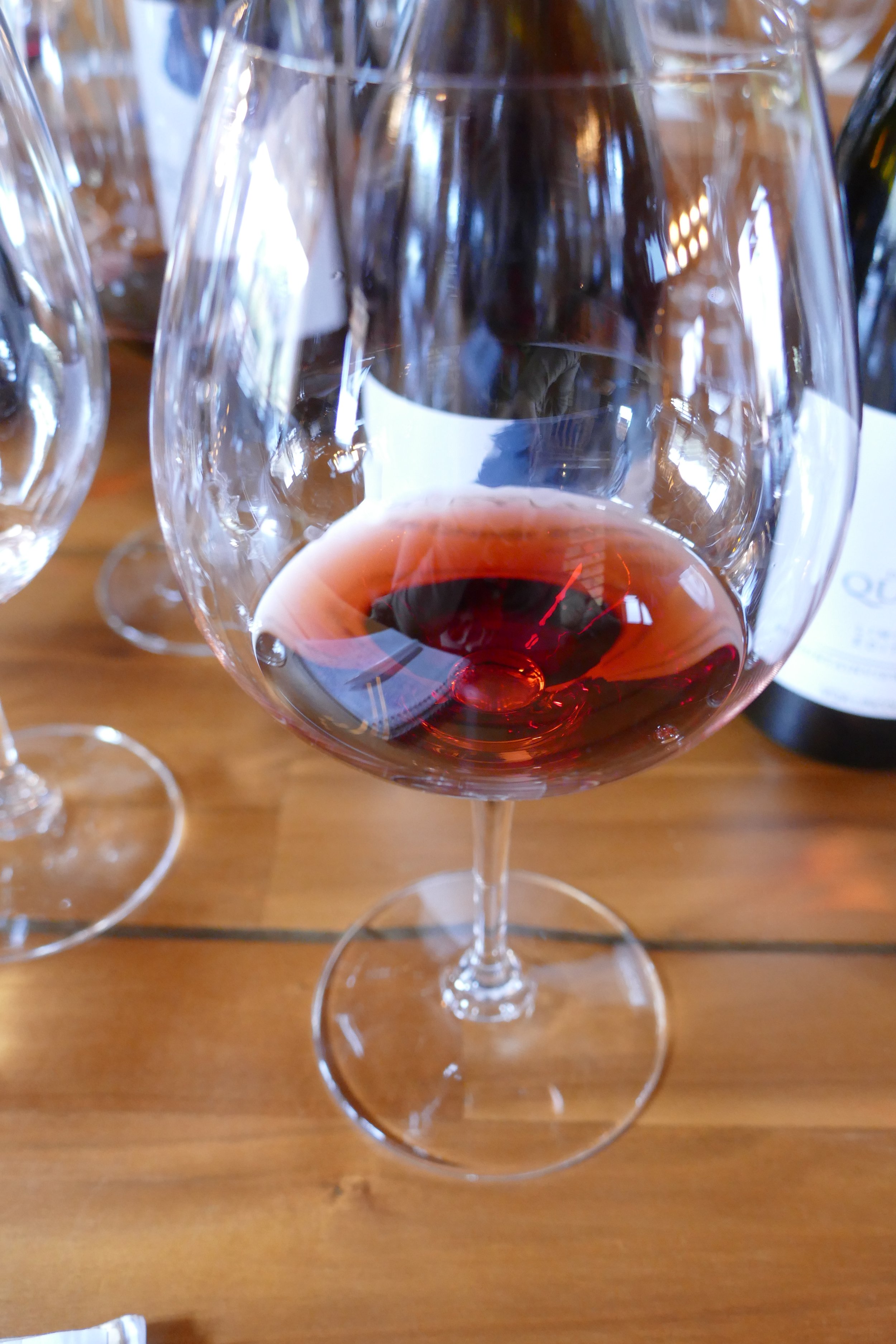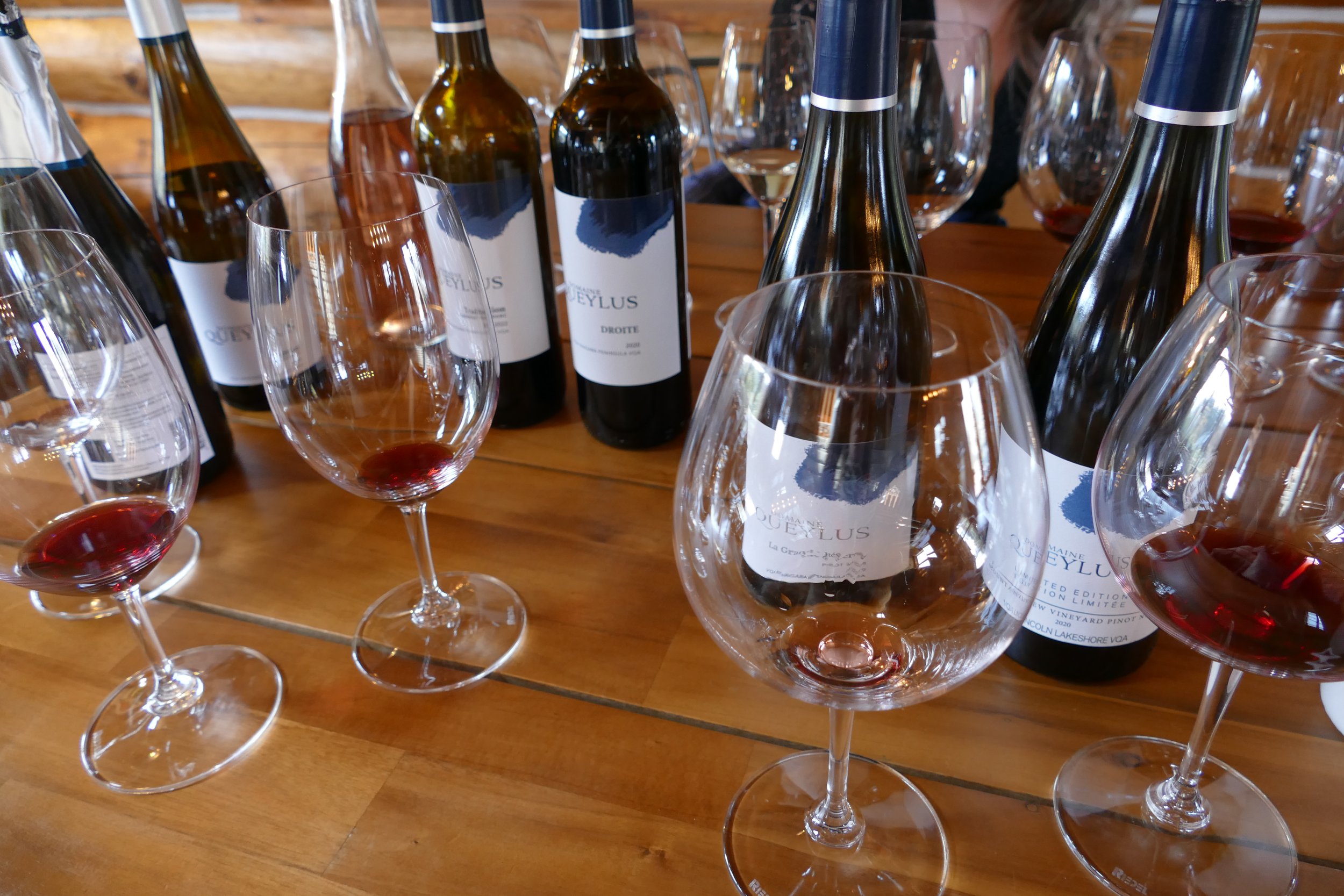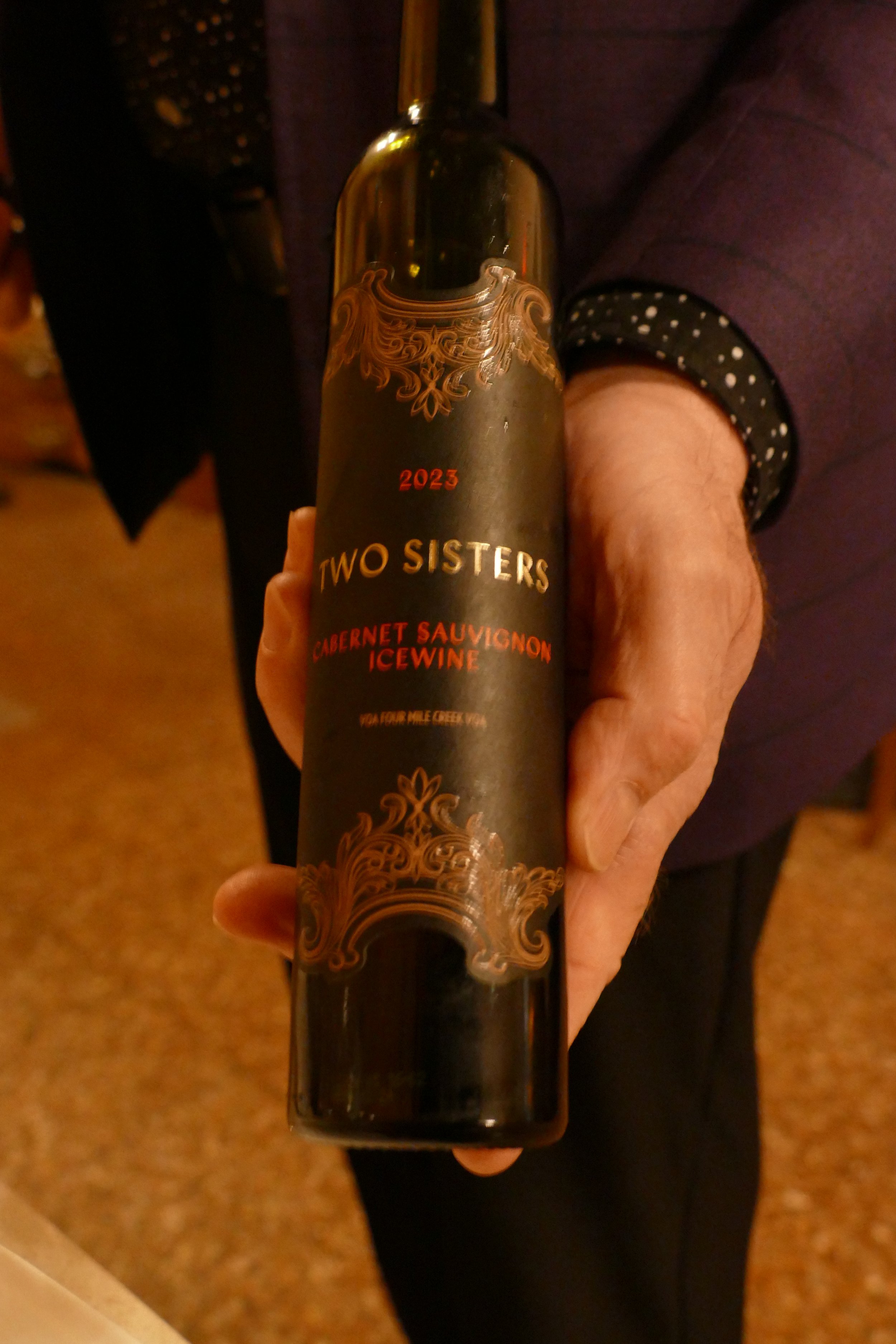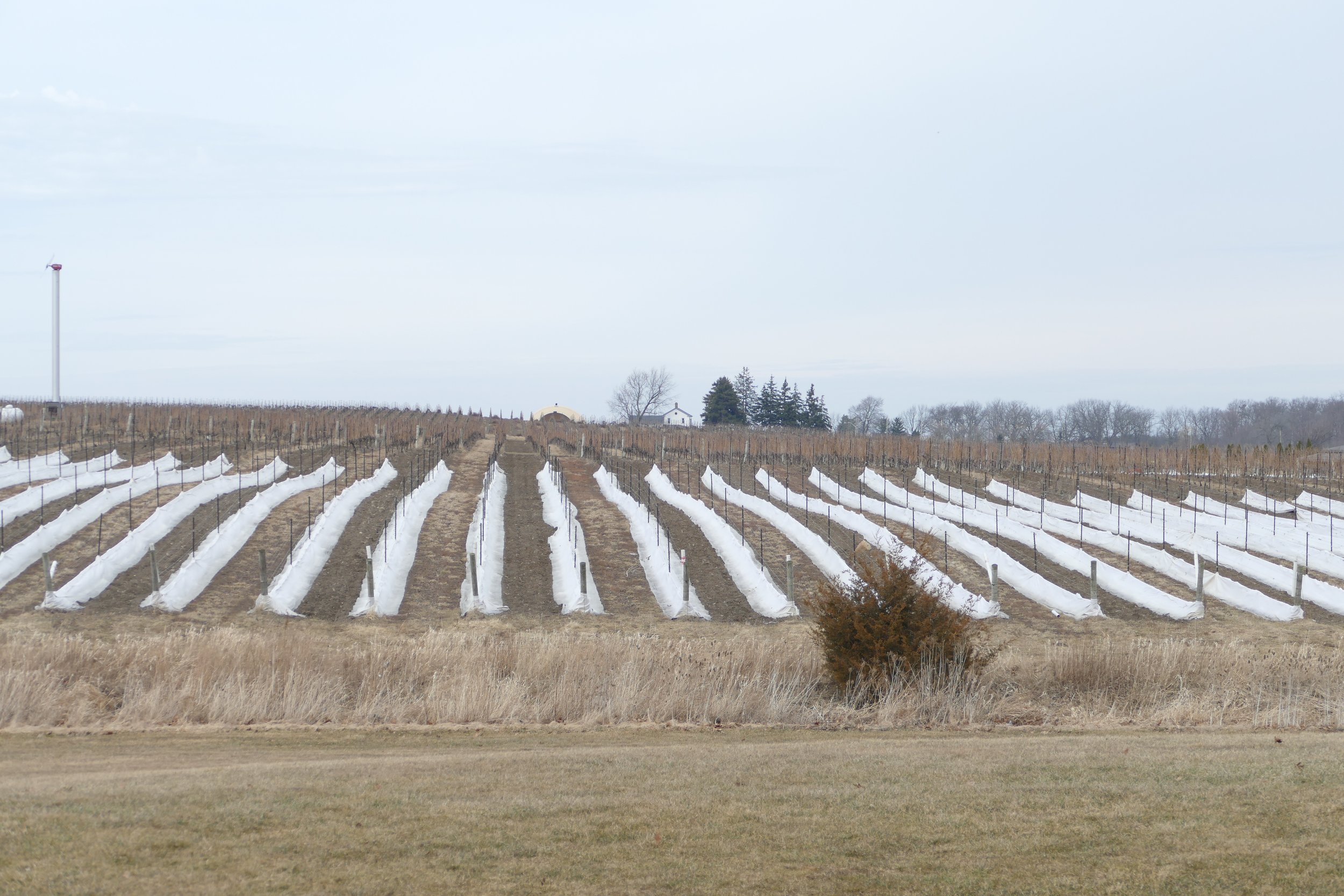It has been far too long since my last visit to Niagara, a region that first ignited my passion for wine. From the start, I was genuinely captivated by the remarkable quality of the wines and the astounding evolution of the wine movement here. The warmth of Canadian charm and hospitality welcomed me, along with a pervasive commitment to sustainability that truly sets Niagara apart.
Being surrounded by wine-loving Canadians—engaging in heartfelt discussions about our shared appreciation for Canadian wines and the industry as a whole—felt like a coming home. Over the course of four days, I had the pleasure of visiting 15 wineries, each offering a unique insight into this beloved winemaking region.
What resonated with me most was the incredibly strong sense of community and pride among the Niagara vintners. This isn’t just a collection of wineries; it's a thriving community dedicated to elevating Niagara as a premier wine destination. It is vital for people to discover the hidden treasures this region has to offer, and I am determined to share this story with the world.
### Rediscovering Niagara: A Wine Lover’s Paradise
It has been far too long since my last sojourn to Niagara, a region that first ignited my passion for wine. From the moment I arrived, I was entranced by the exceptional quality of its wines and the remarkable evolution of the local wine movement. The warmth of Canadian charm enveloped me, complemented by a deep-rooted commitment to sustainability that truly sets Niagara apart.
Surrounded by fellow wine enthusiasts, I engaged in heartfelt conversations about our mutual admiration for Canadian wines and the industry that cultivates them. It felt like coming home. Over the course of four days, I was fortunate to visit 15 wineries, each offering a unique glimpse into this cherished winemaking region.
What struck me most was the palpable sense of community and pride among the Niagara vintners. This isn't just a cluster of wineries; it’s a vibrant community united in the mission to elevate Niagara as a premier wine destination. It's essential for everyone to discover the hidden gems this region has to offer, and I am determined to share this narrative with the world.
The Niagara Peninsula in Ontario, Canada, is celebrated for its cool-climate wines, particularly Icewine. Here are five key elements that contribute to its exceptional suitability for winemaking:
1. Moderating Influence of Lake Ontario: The lake plays a crucial role in regulating the region's climate, softening temperature extremes. This results in warmer winters and cooler summers, creating an extended growing season that allows grapes to ripen slowly and develop complex flavors.
2. The Niagara Escarpment: This geological marvel creates diverse microclimates across the peninsula. With its slopes and elevations affecting sunlight exposure and air circulation, the escarpment fosters varied growing conditions that enable a wide range of grape varietals to thrive.
3. Ideal Latitude: Sitting at approximately 43°N, the Niagara Peninsula enjoys significant temperature variations between day and night. This cool-climate environment promotes the development of rich grape flavors balanced by refreshing acidity.
4. Unique Soil Composition: Shaped by glacial activity, the region’s diverse and fertile soils provide excellent drainage—vital for healthy vine growth. These varied soil types contribute distinct characteristics to the wines produced in different sub-appellations.
5. Perfect Conditions for Icewine: The consistently frigid winters create the ideal backdrop for Icewine production. The natural freezing of grapes on the vine concentrates sugars and flavors, resulting in intensely sweet and flavorful wines that have earned Niagara international acclaim.
The Niagara Peninsula is home to ten distinct sub-appellations, including Niagara Lakeshore and Beamsville Bench. Here, grape growers expertly adapt to the unique soils and microclimates of these smaller zones, experimenting with the best combinations of grape varieties, locations, and wine styles to create wines that embody their terroir:
Lincoln Lakeshore, Vinemount Ridge, Creek Shores
Beamsville Bench, Twenty Mile Bench, Short Hills Bench (together known as the Niagara Escarpment)
Niagara Lakeshore, Four Mile Creek, St. David’s Bench, Niagara River (collectively referred to as Niagara-on-the-Lake)
Renowned for its cool-climate viticulture, the Niagara Peninsula is known for specific grape varieties. Notably, many grapes here belong to the Vitis vinifera species, traditional in European winemaking, alongside eight hybrid varieties developed for greater winter hardiness:
Riesling: Thriving in Niagara’s climate, it yields wines with vibrant acidity and complex aromas.
Chardonnay: Offering a spectrum of styles, Niagara’s Chardonnays range from crisp and mineral-driven to rich and oak-influenced.
Pinot Noir: The cool climate allows this grape to develop elegant and nuanced flavors.
Cabernet Franc: Excelling in Niagara, it produces wines with distinctive herbaceous and fruity notes and is crucial to Icewine production.
Vidal: The primary grape behind Niagara's illustrious Icewine, contributing to its famed sweetness.
In essence, the Niagara Peninsula has carved out its identity with these cool-climate varietals and, most notably, its exquisite Icewines. It's time for wine lovers everywhere to explore the treasures of this remarkable region!



